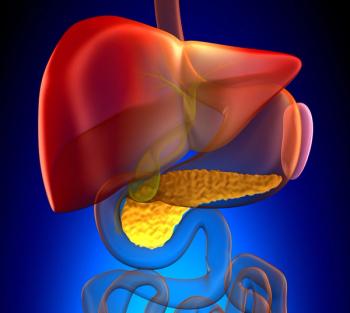
Screening for Neuroendocrine Tumors Is Recommended for NF1 Patients
A study on pheochromocytoma and paraganglioma associated with neurofibromatosis type 1 highlights how screening for these malignancies is important.
A small study characterized patients with pheochromocytoma or paraganglioma (PCC/PGL) associated with the hereditary syndrome neurofibromatosis type 1 (NF1), and highlights how screening for these malignancies, especially prior to surgery, could be important.
There are currently recommendations to screen for PCC/PGL in patients with several other hereditary mutations, but not for NF1. “For rare conditions like PCC/PGL, often there is minimal evidence to guide the development of screening protocols,” wrote study authors led by
NF1 is a relatively common condition, occurring in 1 in 3,000 live births; between 5% and 7% of those with NF1 will develop PCC/PGL in their lifetime. The authors conducted a chart review of 17 patients with NF1-associated PCC/PGL in order to better characterize the phenotype of this condition. The results were
Nine of the 17 patients were male, and the average age of diagnosis was 41 years. Eight of the cases were discovered incidentally on imaging studies done for other reasons, and nine were identified during workup of hypertension or other symptoms.
Nine patients had hypertension, and four had tachycardia (five had unknown status); two patients had both hypertension and tachycardia. All but one patient, whose status was unknown, had elevated plasma or urine catecholamines or metanephrine; 10 patients had elevations in both metanephrines and in normetanephrines.
Six patients experienced at least one cardiovascular crisis, which the authors wrote was “the most notable finding in our study.” These included cardiac arrest, myocardial infarction, intraoperative labile blood pressures, and extreme tachycardia. Three of these episodes occurred during an elective surgery to remove a neurofibroma.
The average size of the PCC/PGL tumor was 3.9 cm; of 20 total tumors, 18 were located in the adrenal gland, while one was an extra-adrenal abdominal PGL and one was a head and neck PGL. There were three patients with bilateral PCCs, two of which were synchronous and one of which was metachronous, occurring 6 years after treatment of the original tumor.
Two patients had a local disease recurrence following resection, and two had confirmed metastatic disease (one other patient had possible metastatic disease but was lost to follow-up).
“These data, particularly considering the high frequency of elective surgical procedures for patients with NF1, highlight the importance of PCC/PGL screening in the NF1 population, especially prior to situations that may trigger a crisis such as surgery, or pregnancy, labor, and delivery,” the authors wrote. “We suggest consideration of screening adults with NF1 for PCC/PGL with plasma or urine free fractionated metanephrines every 1–2 years starting at age 18, especially in any NF1 patient with hypertension or tachycardia, and most importantly prior to any surgical procedures and pregnancy or delivery.”
Newsletter
Stay up to date on recent advances in the multidisciplinary approach to cancer.



